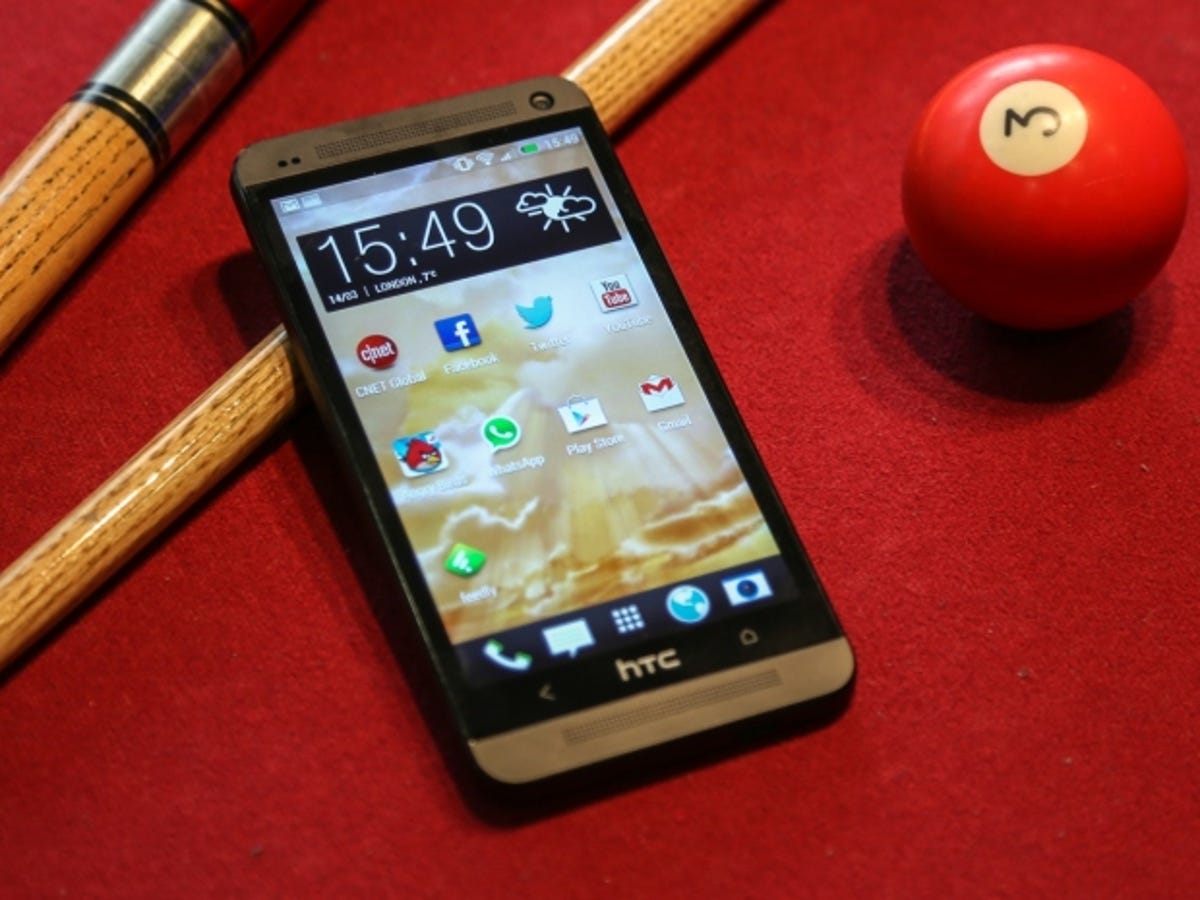
The HTC One did much to impress in my full review. Its Full HD screen is crisp and clear, the interface is neat and the sturdy metal body feels much more luxurious than its plastic predecessors. One area I wasn’t bowled over by was the camera, so I thought I’d take some time to get a closer look and see what it can really do.
Rather than brag crudely about how many megapixels it crams in, the One has only 4 megapixels. HTC claims each individual pixel is larger than normal to capture more light, the idea being this results in better image quality. In my initial tests, though, I wasn’t too impressed.
Colours seemed weak, images lacked clarity and it suffered from image noise in low light.
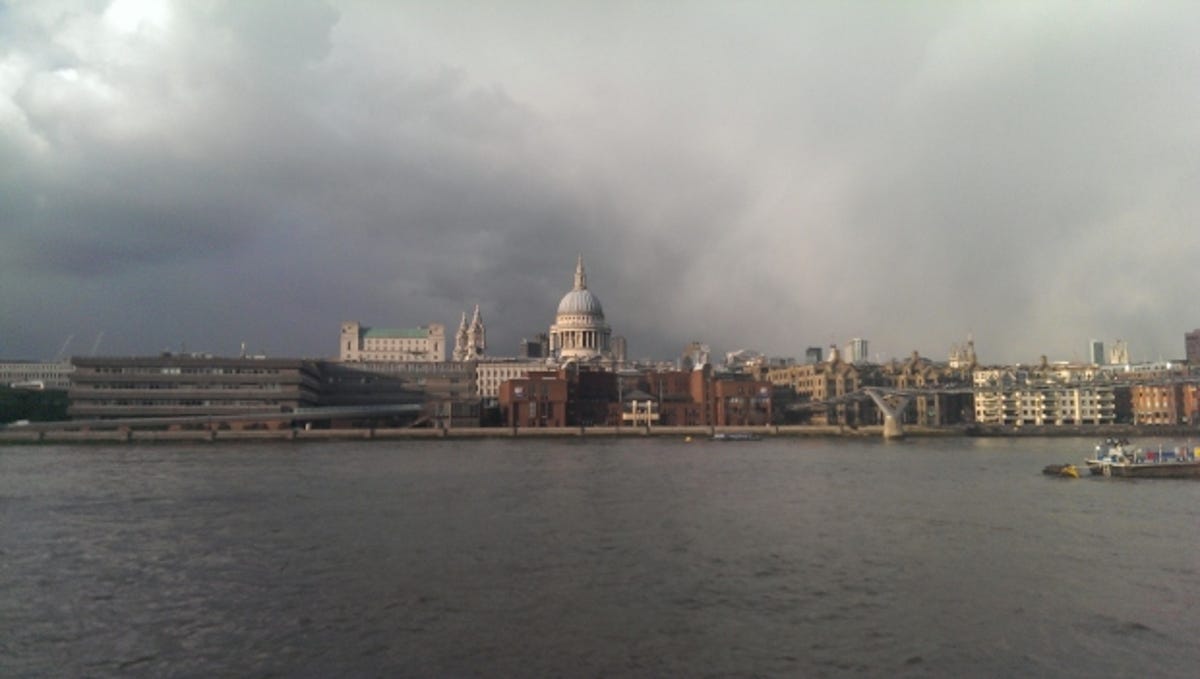

My chums at CNET Asia have already taken an in-depth look for general shots, pitting the One against the iPhone 5, Samsung Galaxy S3 and Nokia Lumia 920. In indoor lab conditions, the One generally performed fairly well, although it gave slightly darker exposures than its rivals.
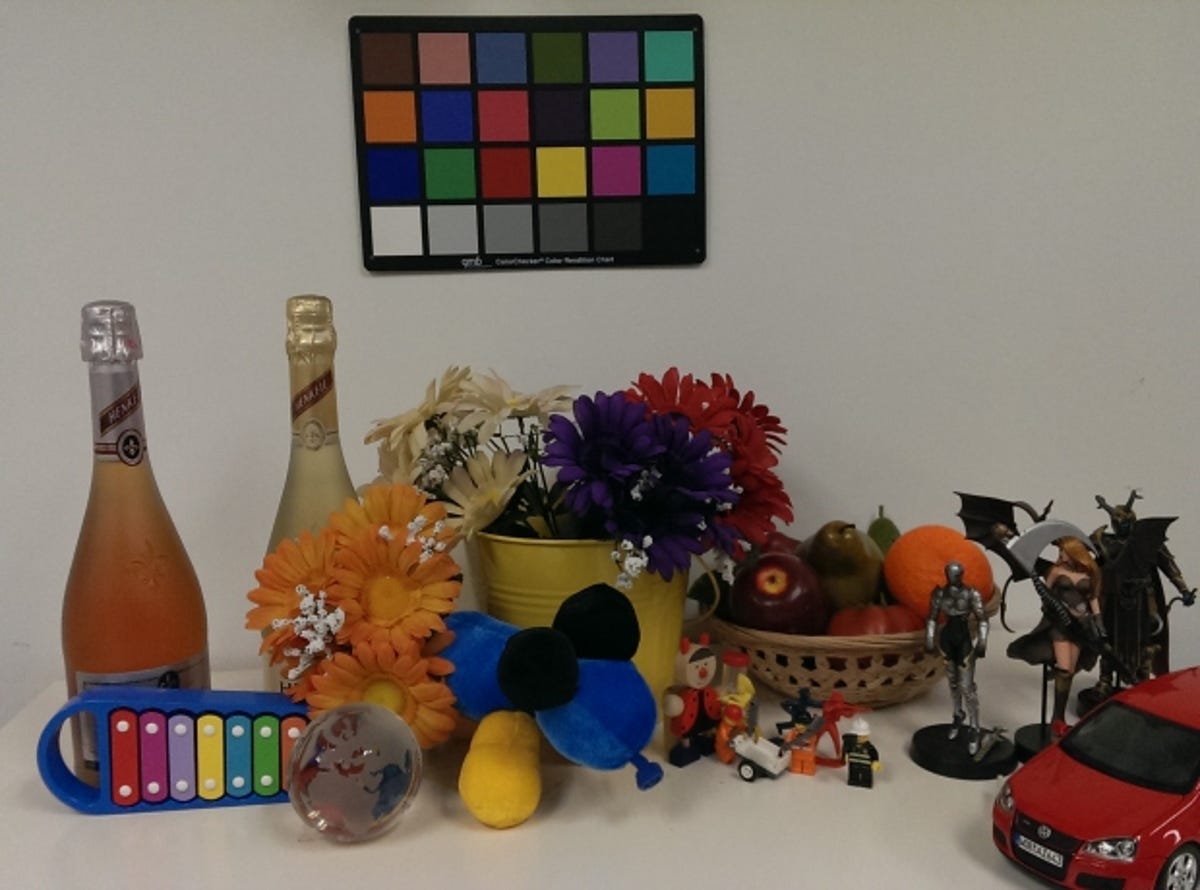

HTC One indoor camera test (click image to enlarge).
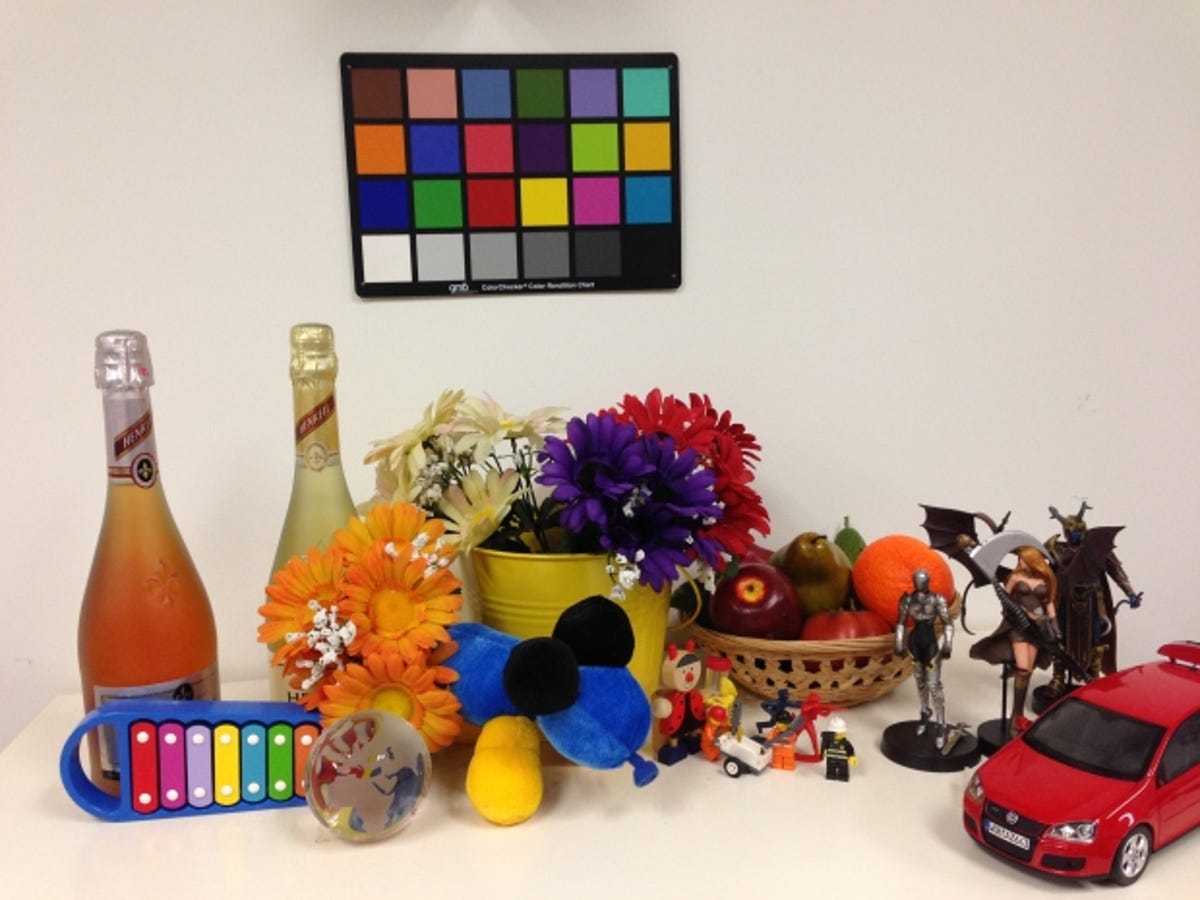

iPhone 5 indoor camera test (click image to enlarge).
It provided impressive clarity in macro shots, especially considering its lower megapixel count. Its 4-megapixel sensor doesn’t give the same image size as the iPhone, but its overall quality was roughly on a par, so it’s at least good enough for some pleasing Facebook snaps.
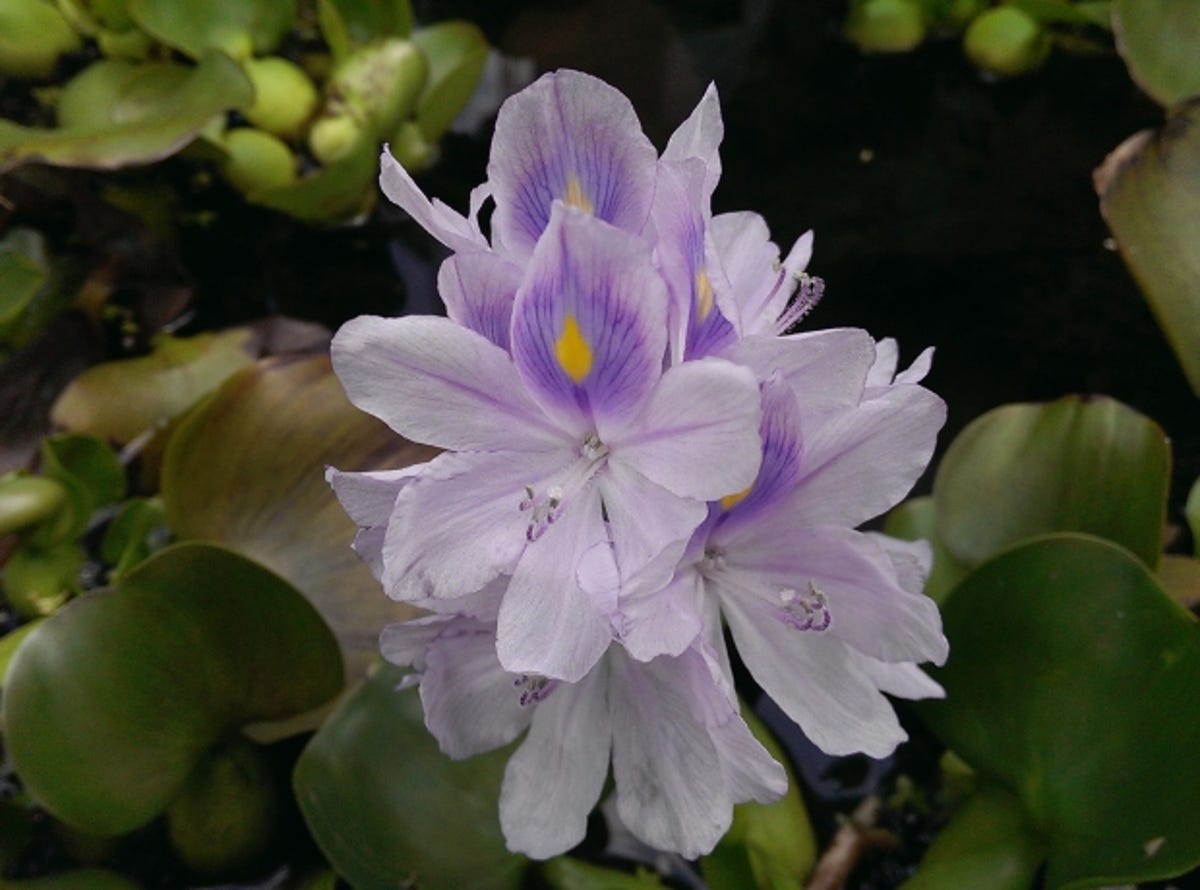

HTC One macro camera test (click image to enlarge).
If it’s to be a good casual snapper, it’ll need to be able to get some decent shots of your mates when you venture into dingy bars. I pitched it against the iPhone 5 for my tests and activated the flash on both cameras.
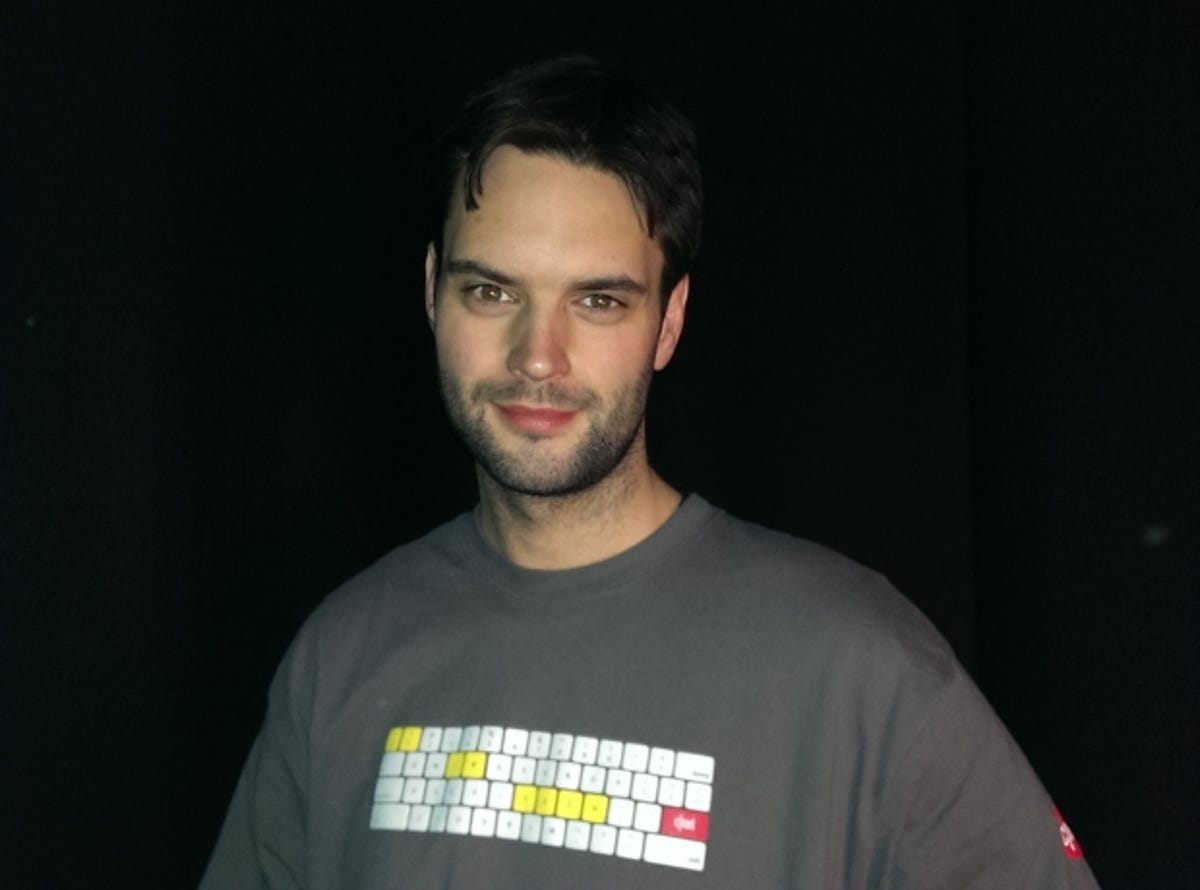

HTC One flash test (click image to enlarge).
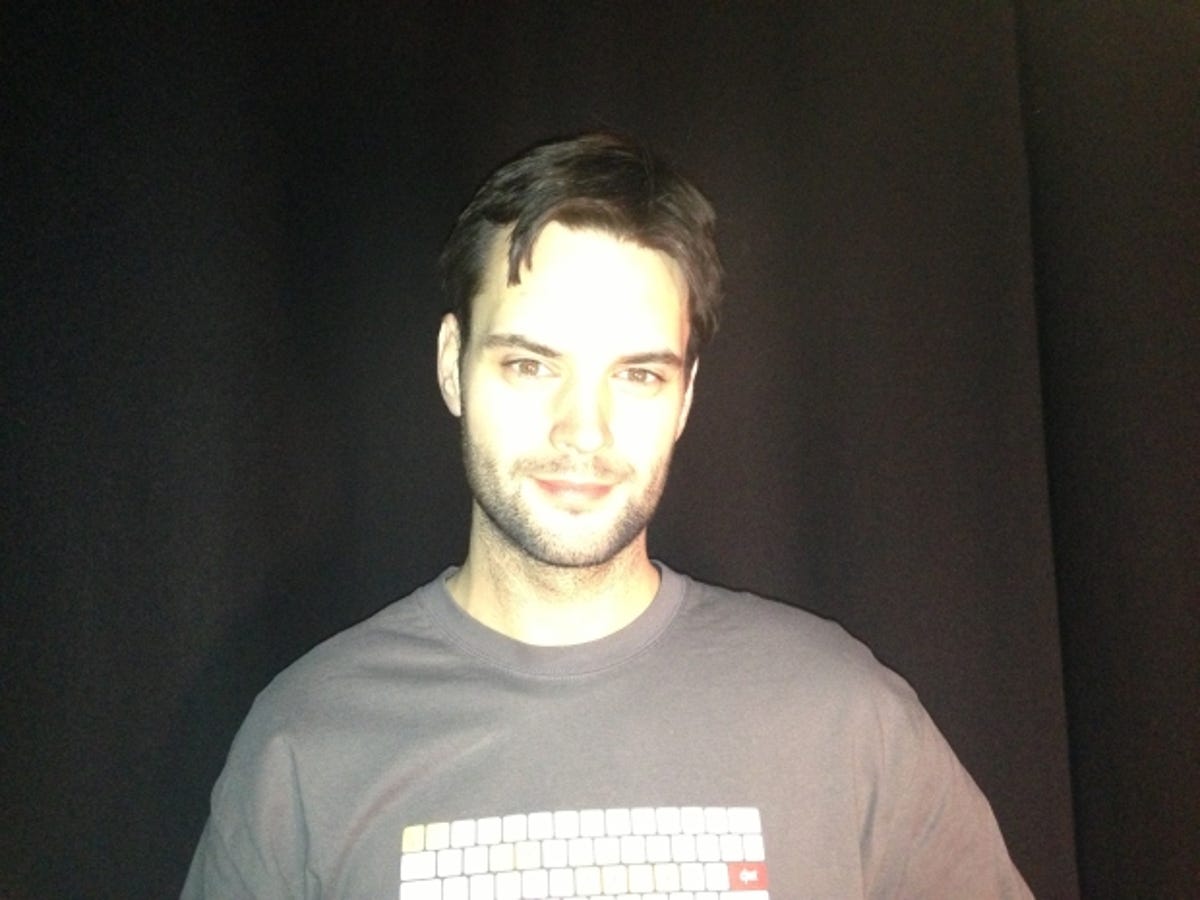

iPhone 5 flash test (click image to enlarge).
The HTC One was the clear winner in this round. Its flash was powerful enough to sufficiently illuminate our expert video producer Marc Ganley. Unlike the iPhone 5’s effort, however, it wasn’t so strong as to reflect off Marc’s splendid face, washing out the picture. The image clarity is still better on the iPhone, but that’s a moot point — the picture is ruined by too strong a flash.
Both models feature HDR functions that take multiple shots at different exposures and combine them into one. In theory, this results in a more balanced exposure overall. The scene I chose combined darker areas at the front of our pool table with the bright light coming in from the window behind — a tough challenge for all but the best cameras.


HTC One HDR test (mouse over to see before HDR and after. Click to see full-size HDR image).
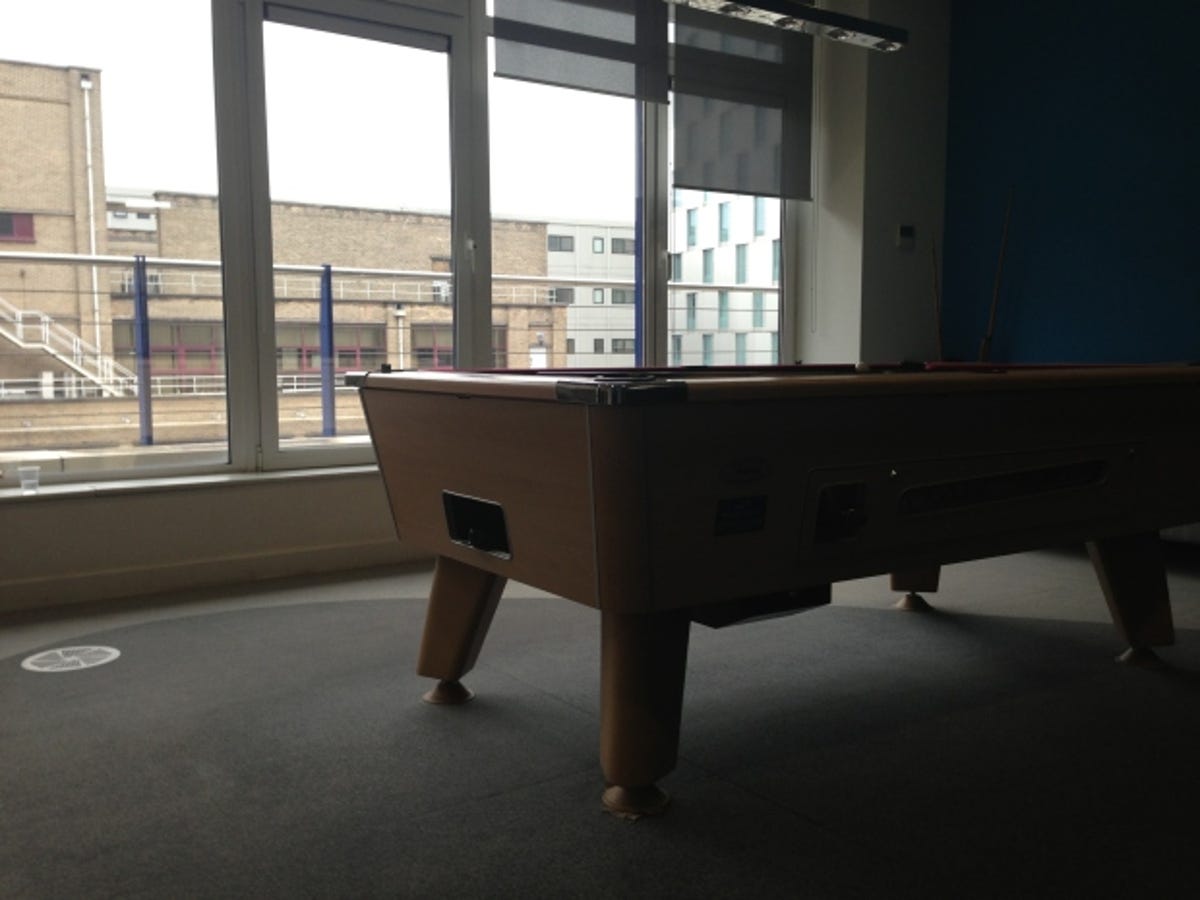

iPhone 5 HDR test (mouse over to see before HDR and after. Click to see full-size HDR image).
The iPhone’s first image was better than the HTC’s, which suffered from extremely blown-out highlights in the windows. The One did manage to rescue quite a bit of that in HDR mode, but the iPhone’s ability to keep the brickwork in the building outside from overexposing was more impressive.
The iPhone’s camera is a very pared-down, point and shoot affair, with little in the way of added tools, save for its HDR mode and a panorama function. The HTC One’s Zoe mode, however, brings a bucketload of tricks to the table to keep you shutterbugs happy.
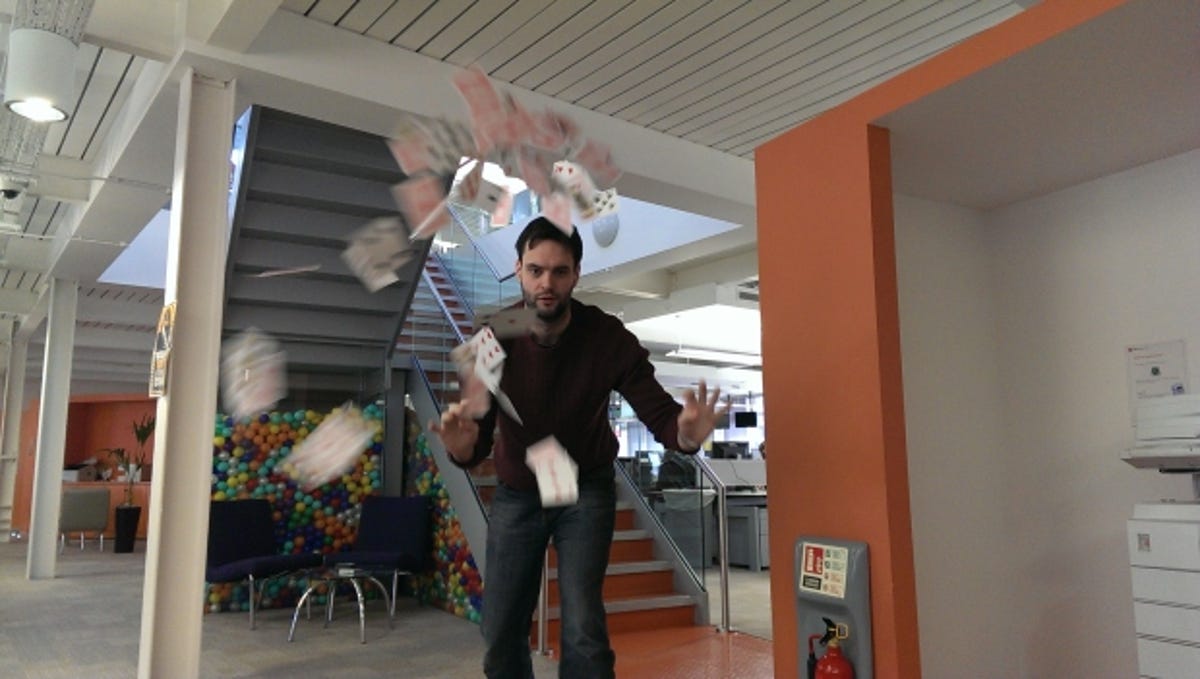

.
Zoe mode lets you capture 3 seconds of video that’s made up of 20 full-resolution images. You can then easily cycle through the clip, frame by frame, saving the best shots as individual pictures. It’s a very handy way of getting the best shot of an action sequence, as demonstrated again by the magical Marc Ganley above.
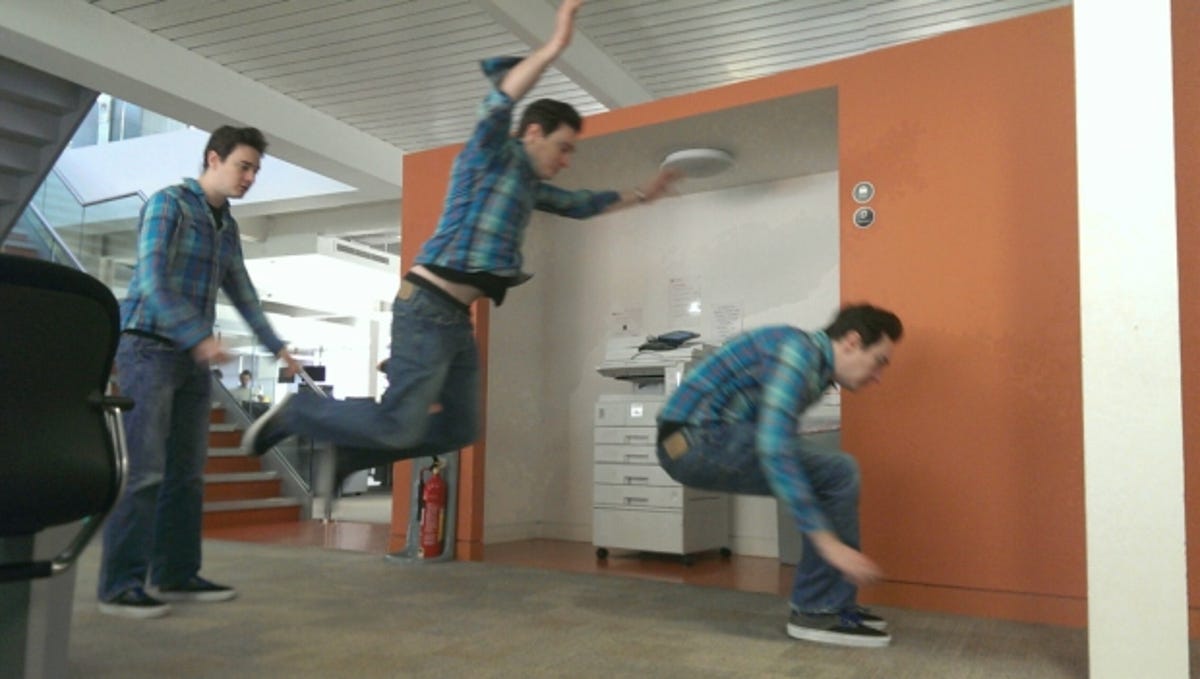

.
Not only that, but you can then combine multiple frames into a single image to show your subject moving across the scene. If you have sporty friends who are into activities like snowboarding, BMXing, free-running or the like, this feature is definitely worth experimenting with.


.
Editing your snaps is possible too, thanks to a host of filters, frames and cropping tools. It’s not a complete solution — you have more control over brightness and contrast in the built-in editor found in the more recent Android 4.2 software — but for quickly tweaking a pic before posting it online, it’ll do fine.
Of course, on both phones you have access to apps like Instagram and Snapseed, both of which provide a lot more options for getting all arty with your snaps.
My initial tests with the One’s camera were far from impressive — in my shot of St Paul’s Cathedral, it didn’t come close to the iPhone 5’s result. It seems that its strength is in other areas though. CNET Asia showed its skills with macro shots, as well as well-lit outdoor scenes, while I found its flash and Zoe mode features to be worthy additions.
While its low pixel count means it isn’t going to give the best big-screen snaps, for Facebook posts and tweeting images of your food, it’ll cope perfectly well. And really, isn’t that what you want your phone camera for anyway?



